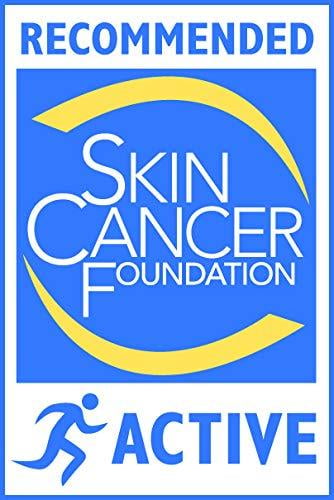

- #Anthelios tinted mineral sunscreen for face spf 50 how to
- #Anthelios tinted mineral sunscreen for face spf 50 skin
- #Anthelios tinted mineral sunscreen for face spf 50 pro
#Anthelios tinted mineral sunscreen for face spf 50 skin
#Anthelios tinted mineral sunscreen for face spf 50 pro
Best for Medium Skin Tones: Alastin HydraTint Pro Mineral Broad Spectrum Sunscreen SPF 36.Best Color Correcting Tinted Sunscreen: Dr Jart + Premium BB Beauty Balm SPF 40.Best Long-Wear Sunscreen: Tarte BB Tinted Treatment 12-Hour Primer Broad Spectrum SPF 30 Sunscreen.

Best for Oily Skin: Supergoop! Mineral Mattescreen SPF 40.Best for Dry Skin: MdSolarSciences Mineral Tinted Crème SPF 30 Sunscreen.Best for Travel: La Roche-Posay Anthelios Mineral Tinted Ultra Light Sunscreen Fluid SPF 50.Best Drugstore Sunscreen: Vichy Capital Soleil Tinted Mineral Sunscreen SPF 60.Best Dermatologist-Recommended Sunscreen: Isdin Eryfotona Ageless Ultralight Tinted Mineral Sunscreen SPF 50.

#Anthelios tinted mineral sunscreen for face spf 50 how to
Read on to learn how to find the best tinted sunscreen for you. Ultimately the best sunscreen is one that feels like a treat and not a chore, so that you don’t dread applying it daily. Plus, the tint makes mineral formulas (which, historically, feel chalky and are hard to blend in) simpatico with all skin tones. Tinted options that contain iron oxides help shield our skin from blue light emitted by the screen you’re likely reading right now. However, tinted sunscreens can provide another layer of protection, depending on the ingredients. Both are effective, and one isn’t better than the other. Untinted formulas are typically a shade of white, whereas tinted sunscreens incorporate pigments to cover blemishes and feel more like makeup. The fundamental difference between tinted and untinted sunscreens comes down to color. Although they won’t provide as much color or coverage as a face tanner would, they will still even out your tone and provide great sun protection. You can find tinted sunscreens with both kinds of coverage, and these pigmented formulas are a savvy option for steamy days. SPF ingredients work two different ways: Chemical sunscreens absorb UVA and UVB rays to prevent damage, while mineral sunscreens (which are great for sensitive skin ) sit on top of the dermis to physically prevent rays from hitting the outermost layer of our skin, says Dr.


 0 kommentar(er)
0 kommentar(er)
